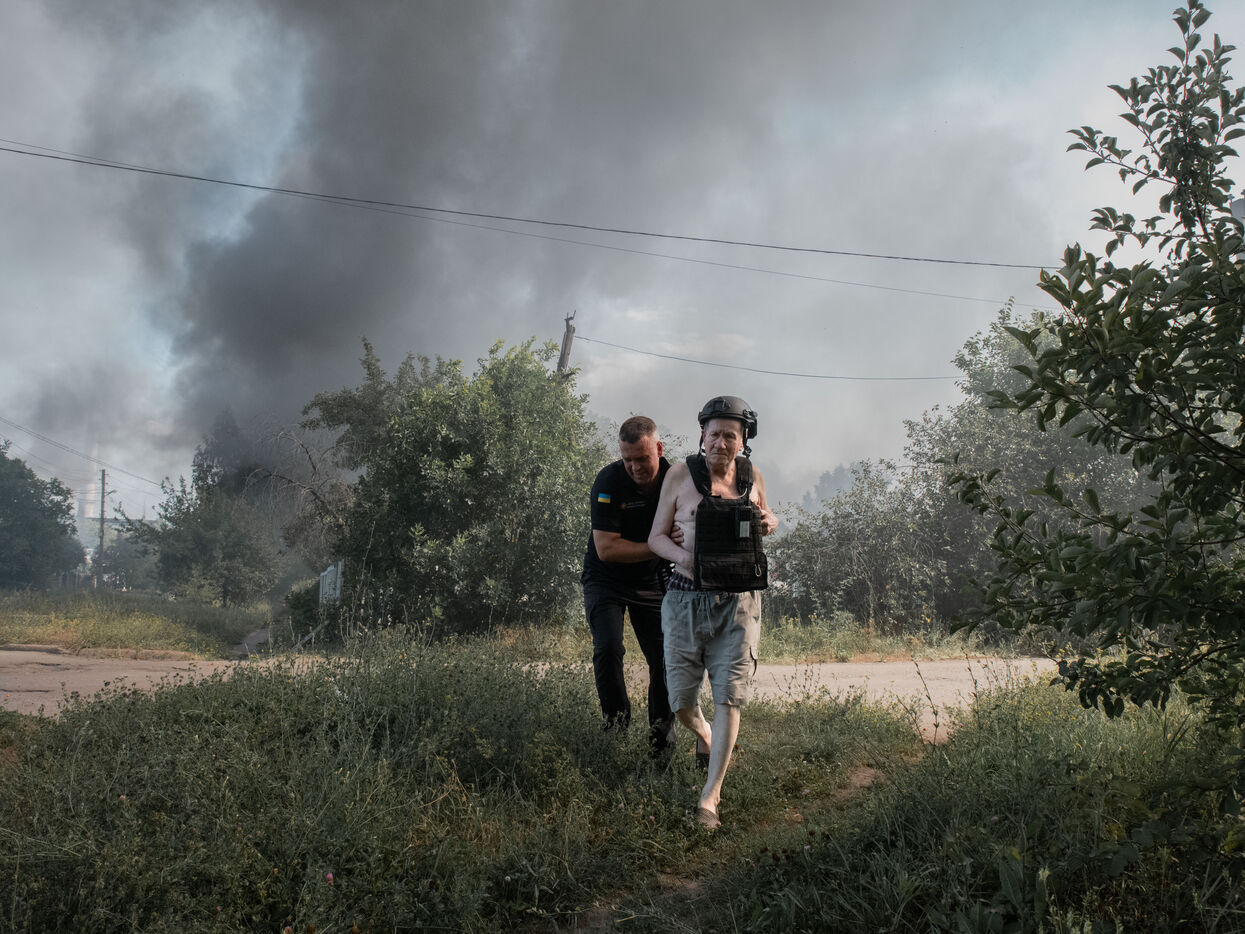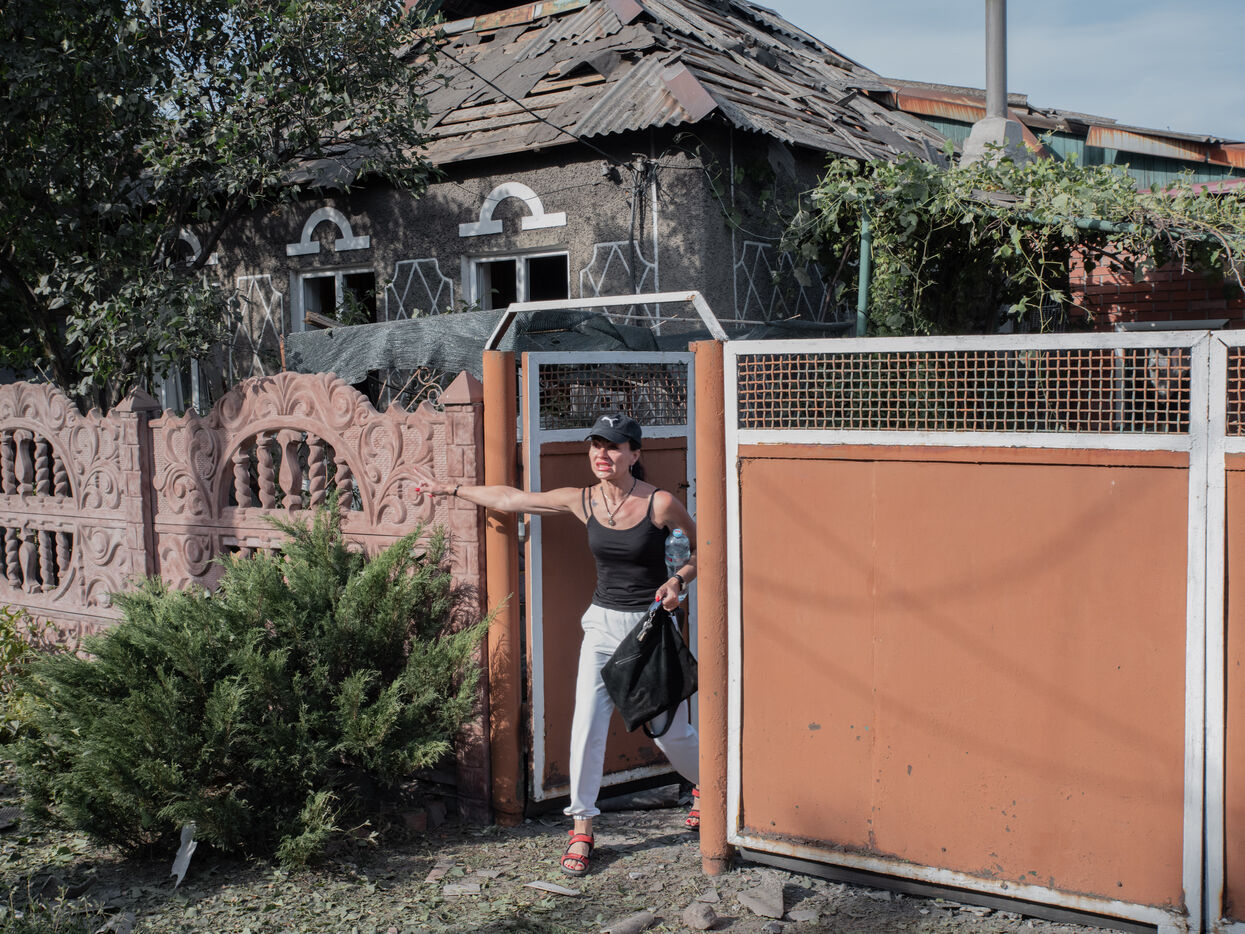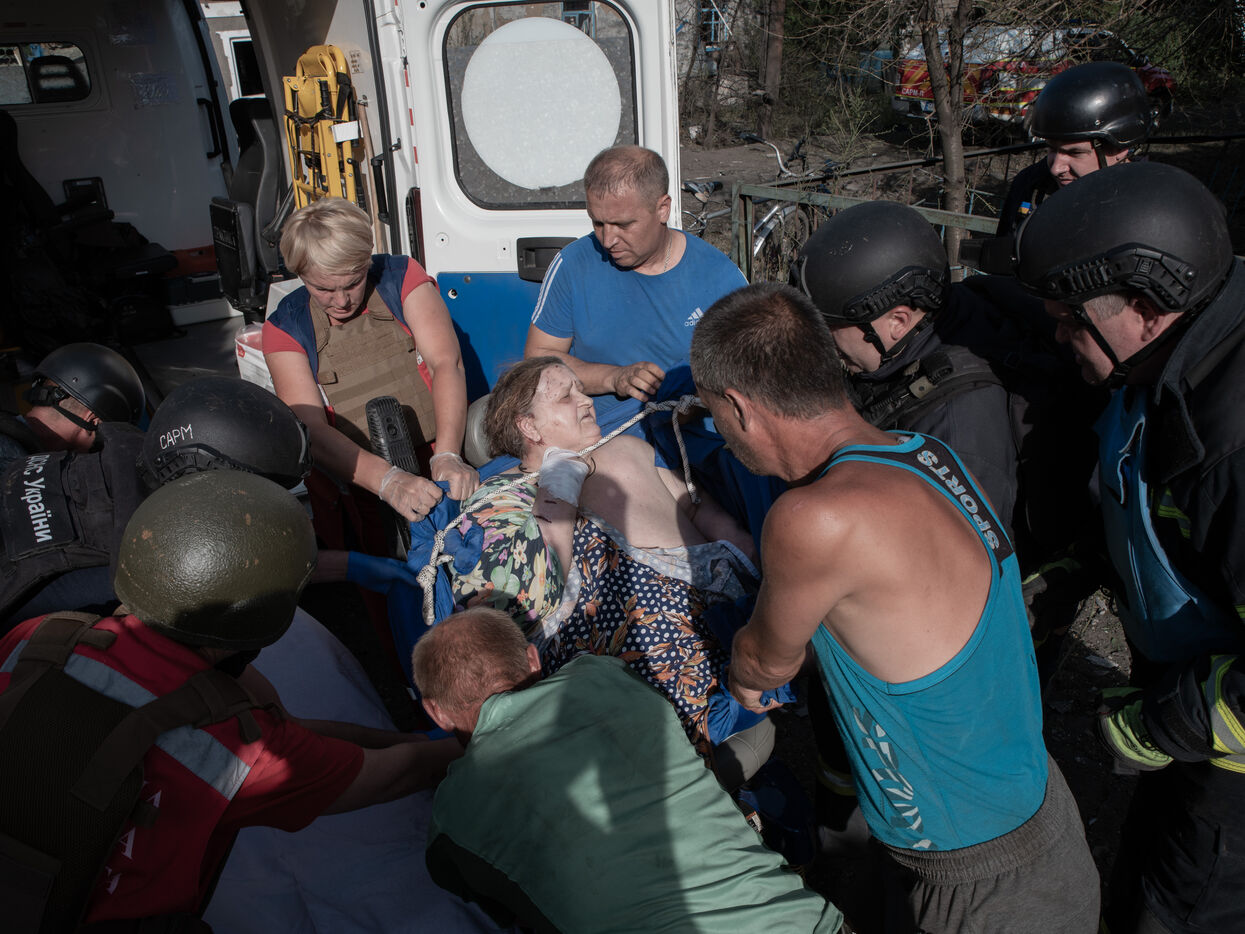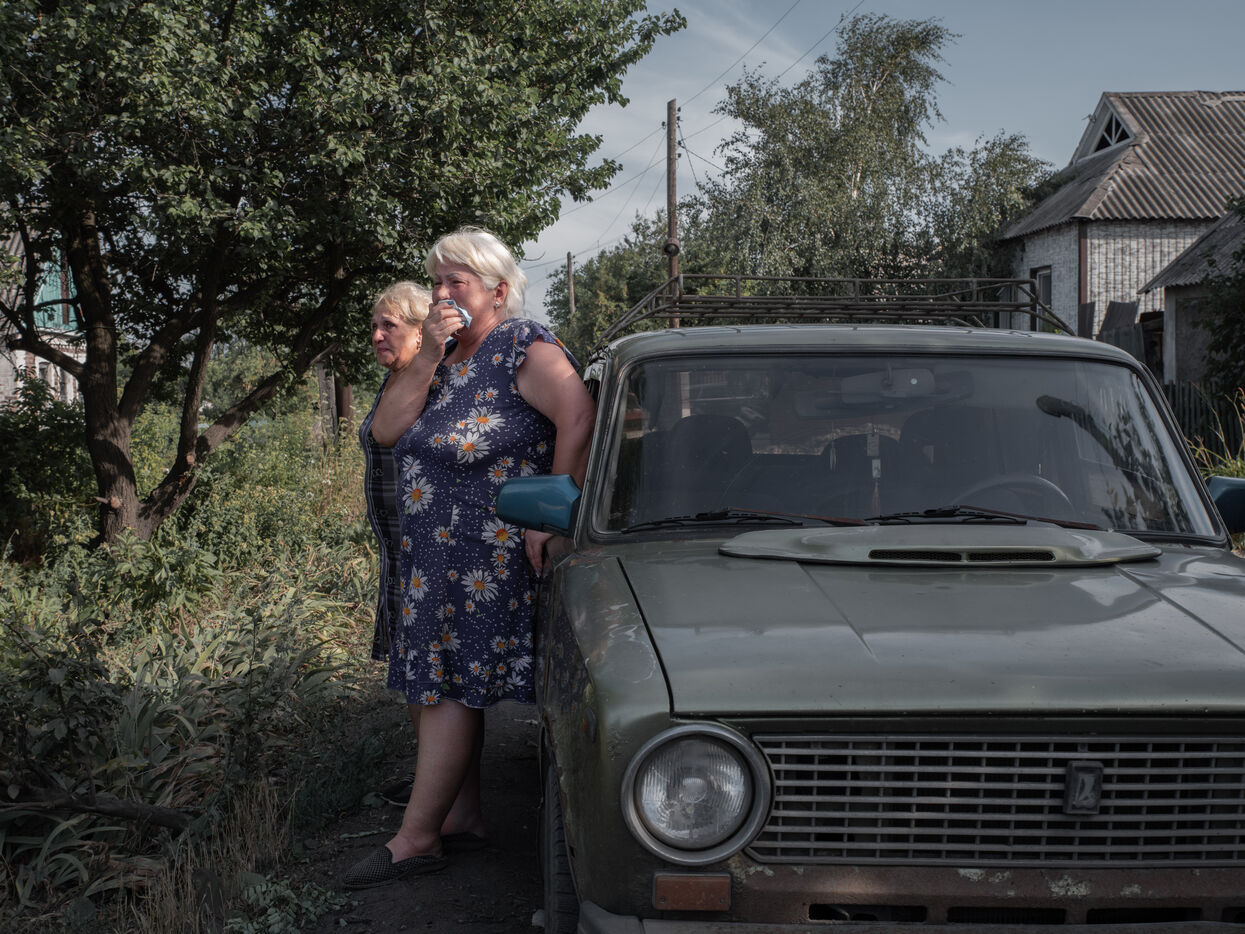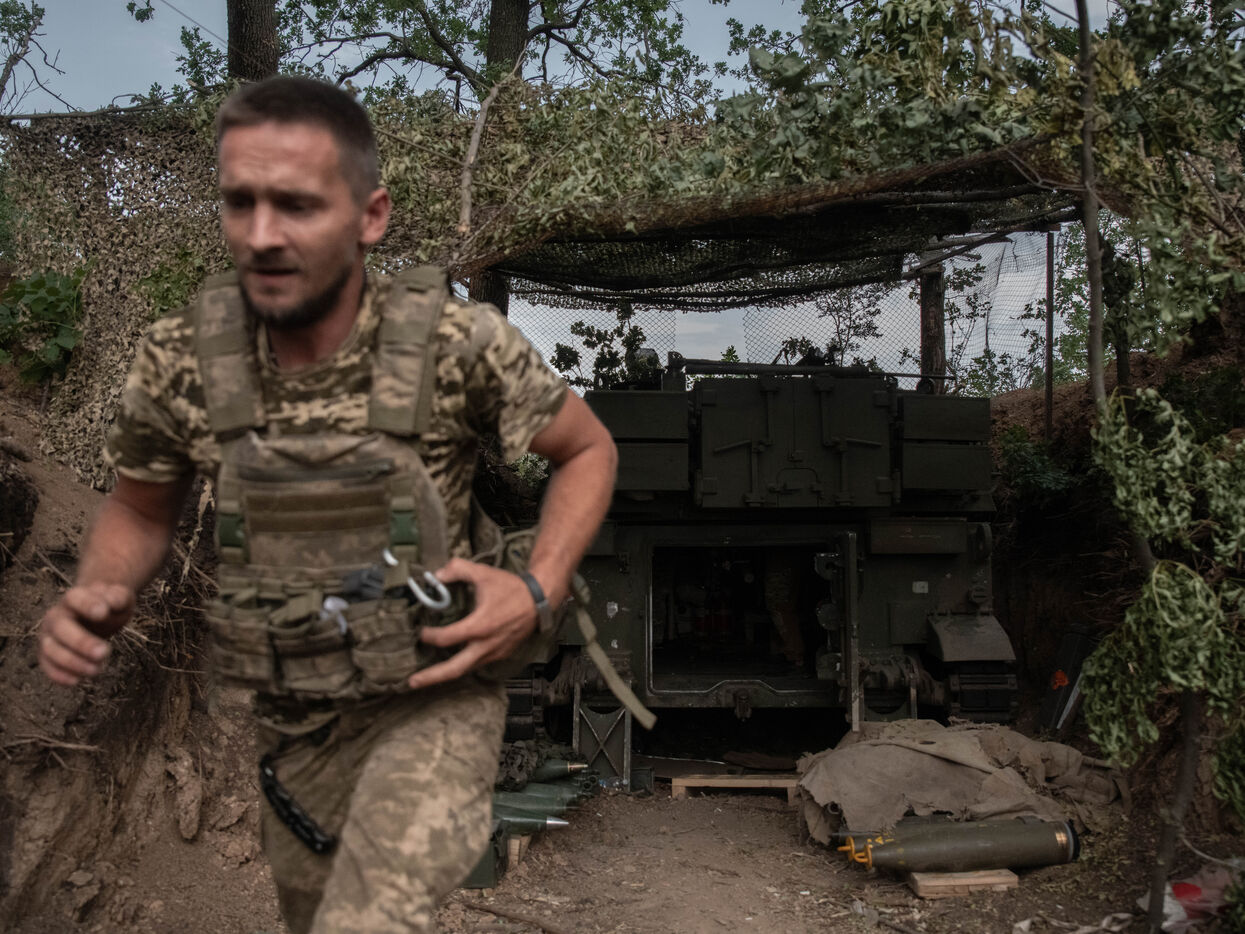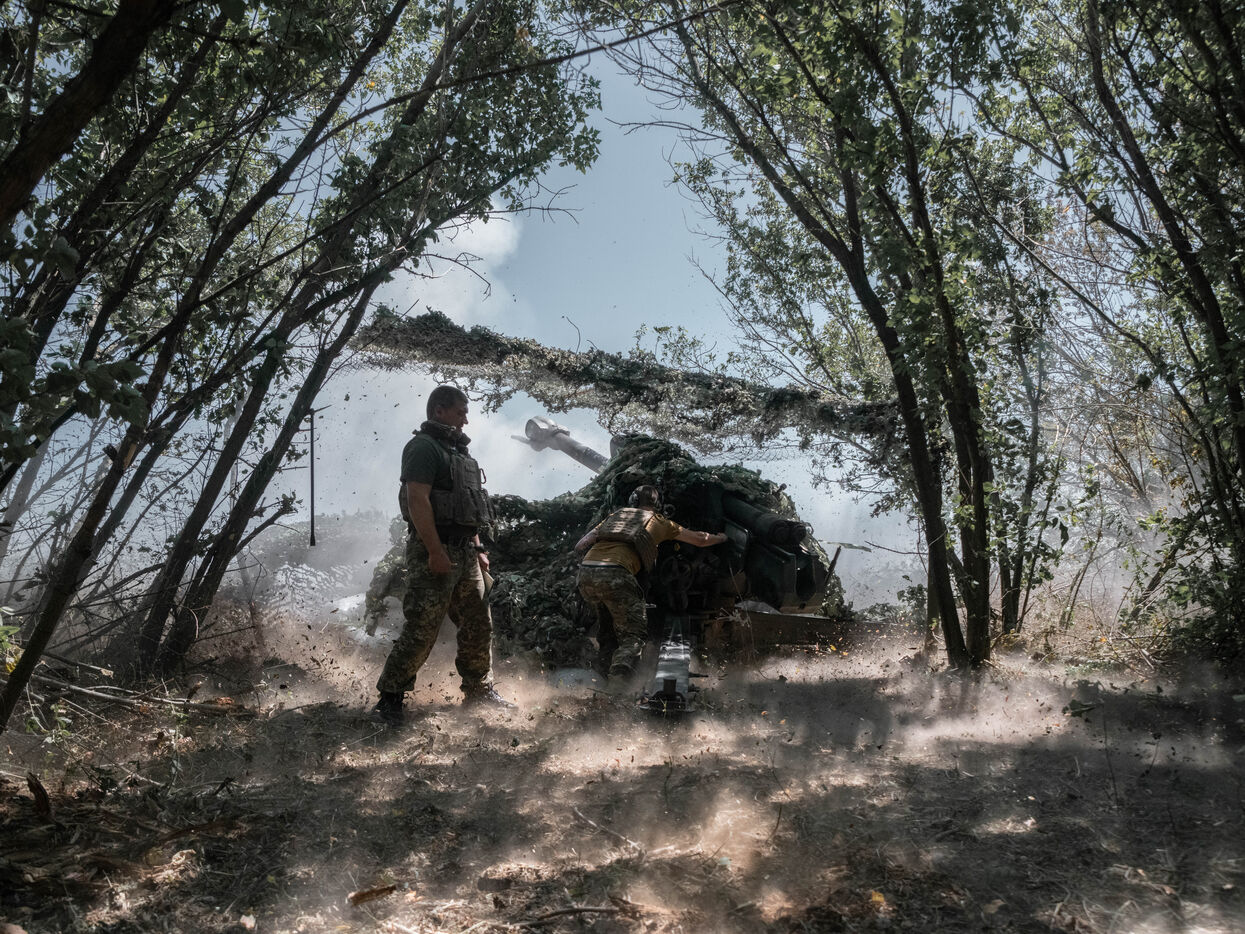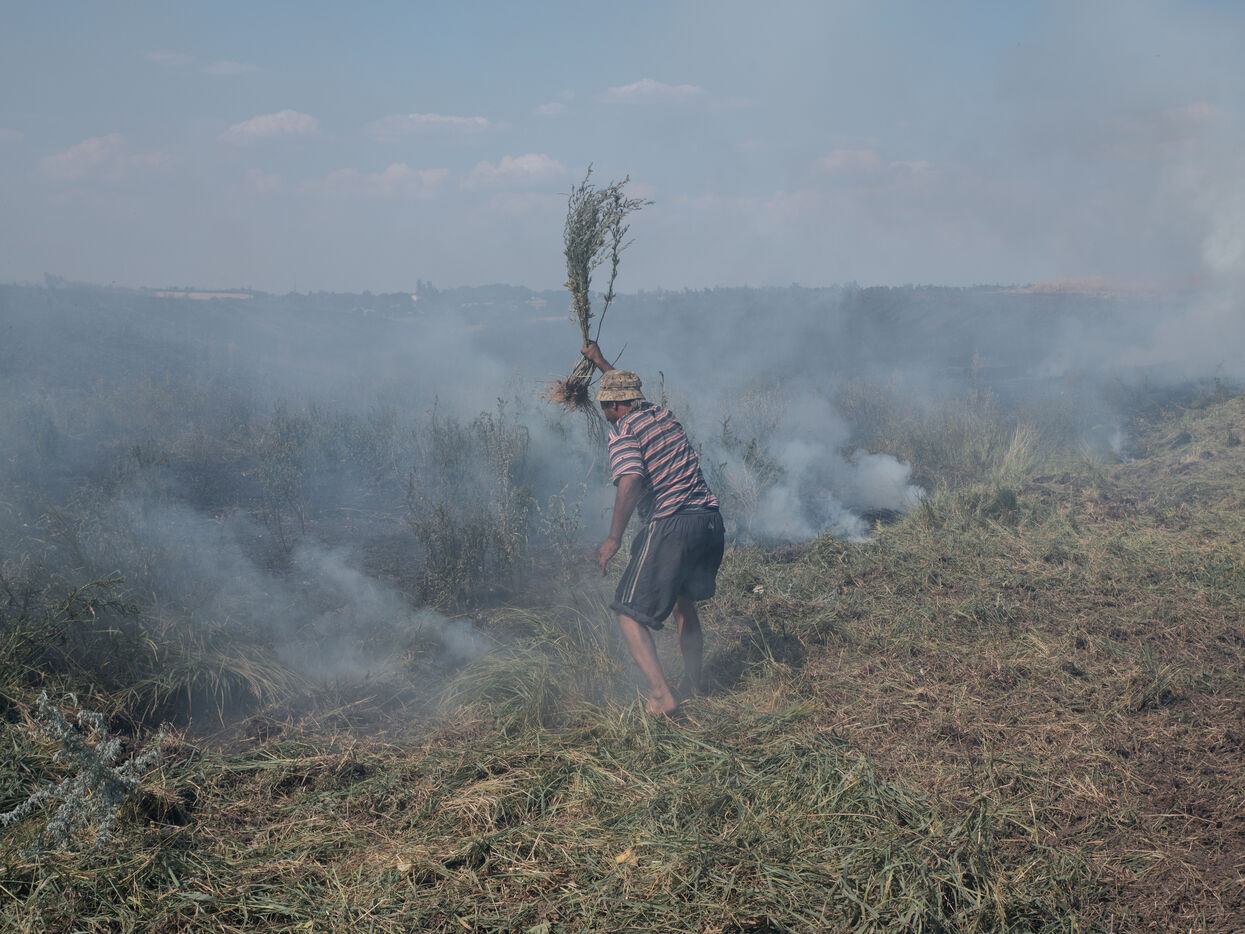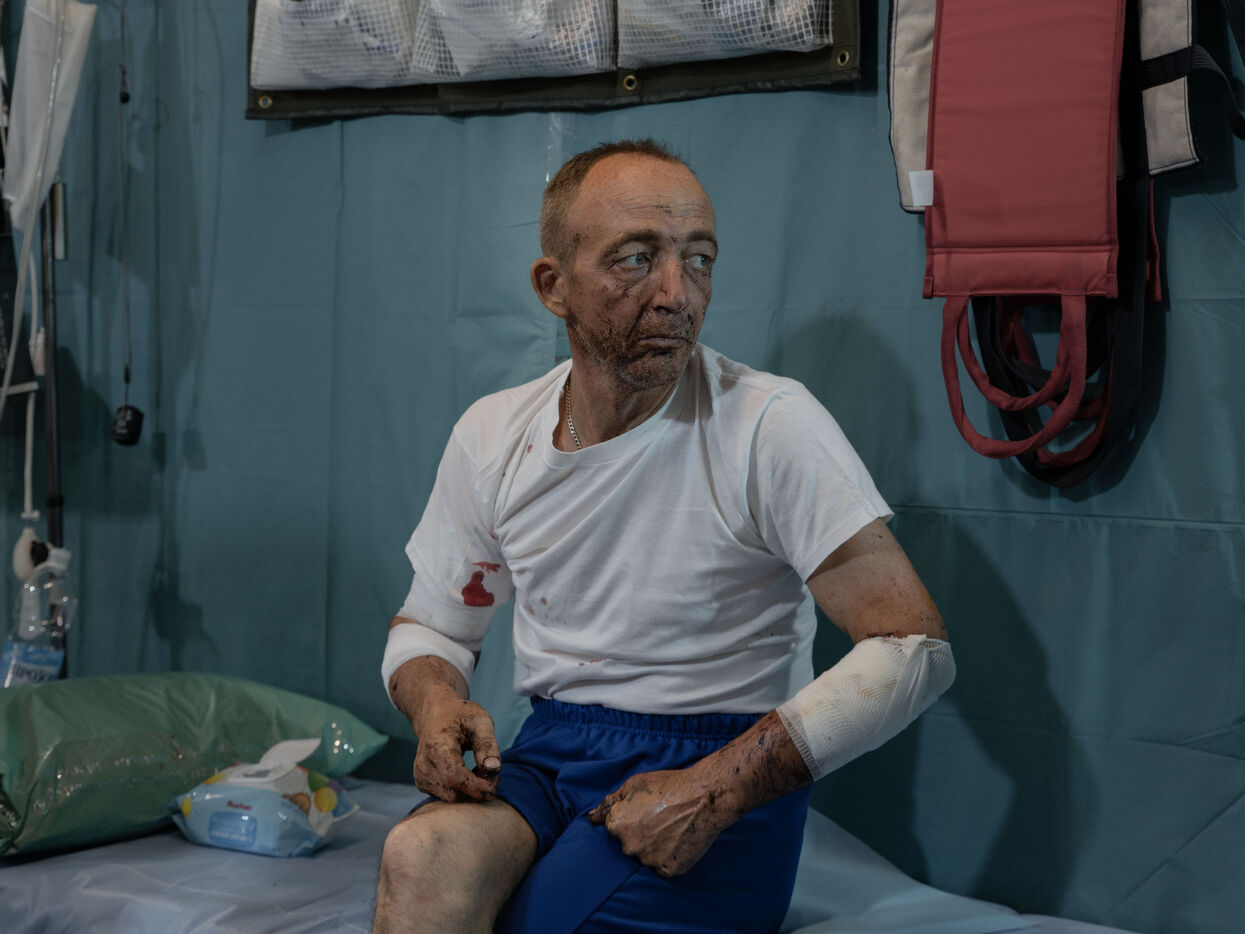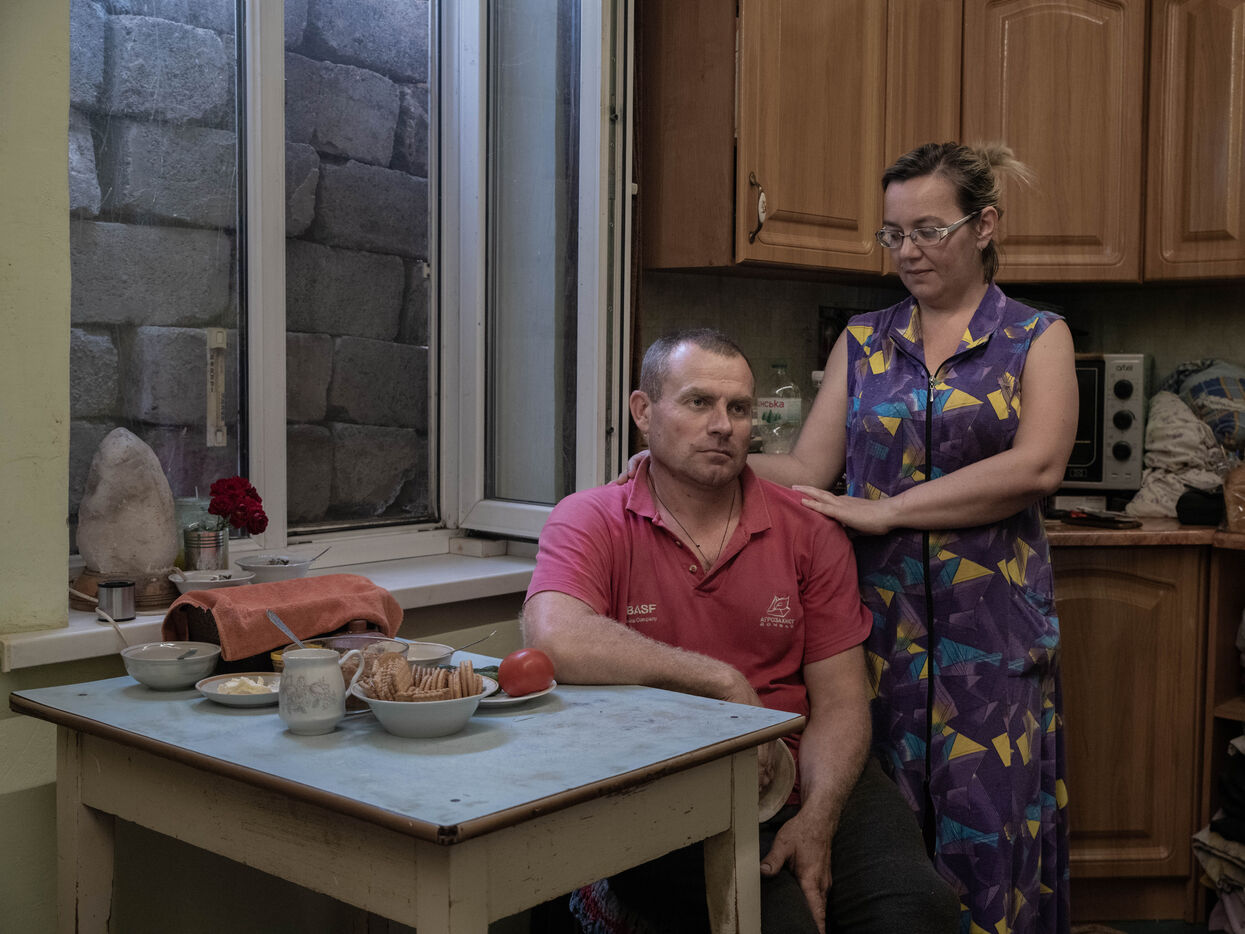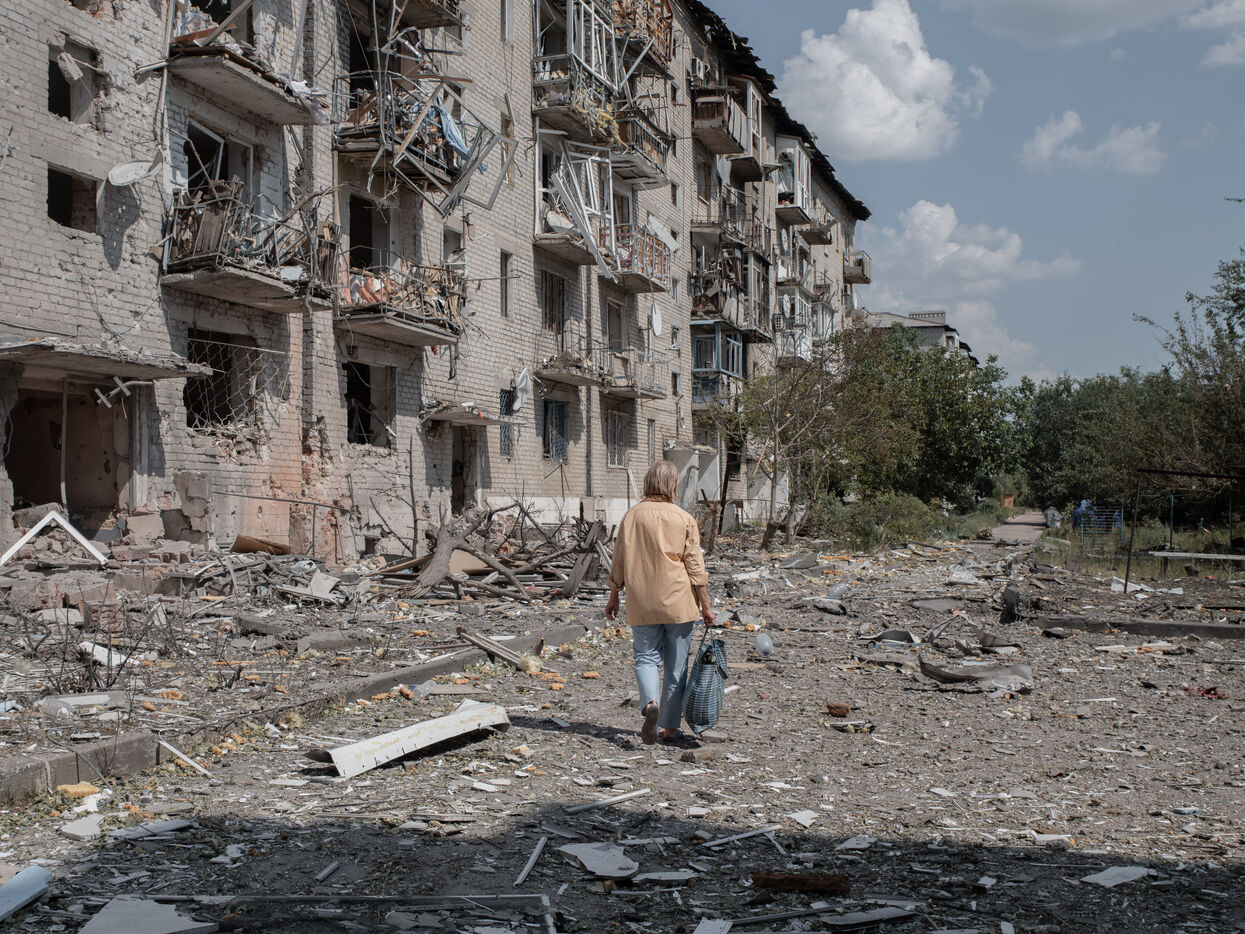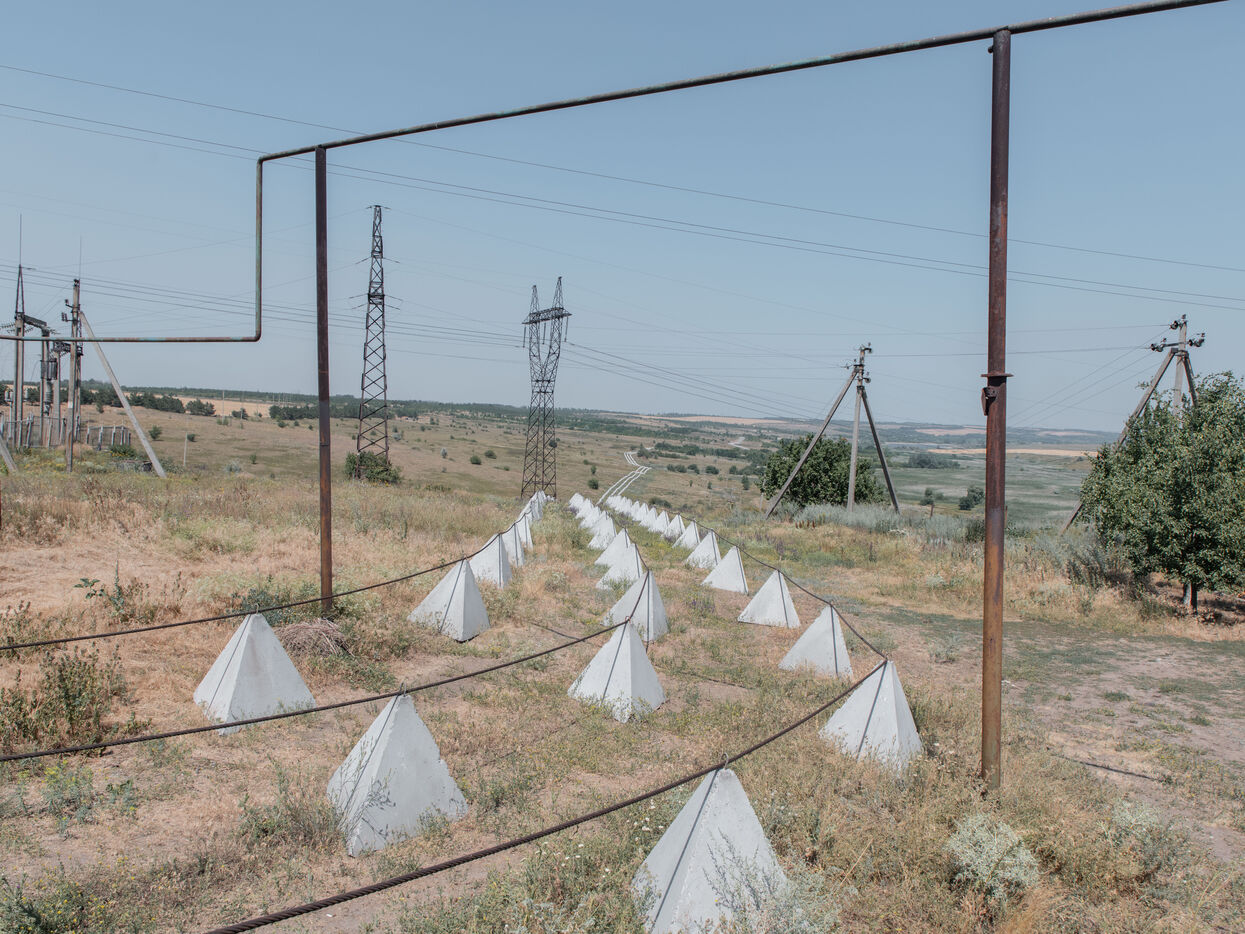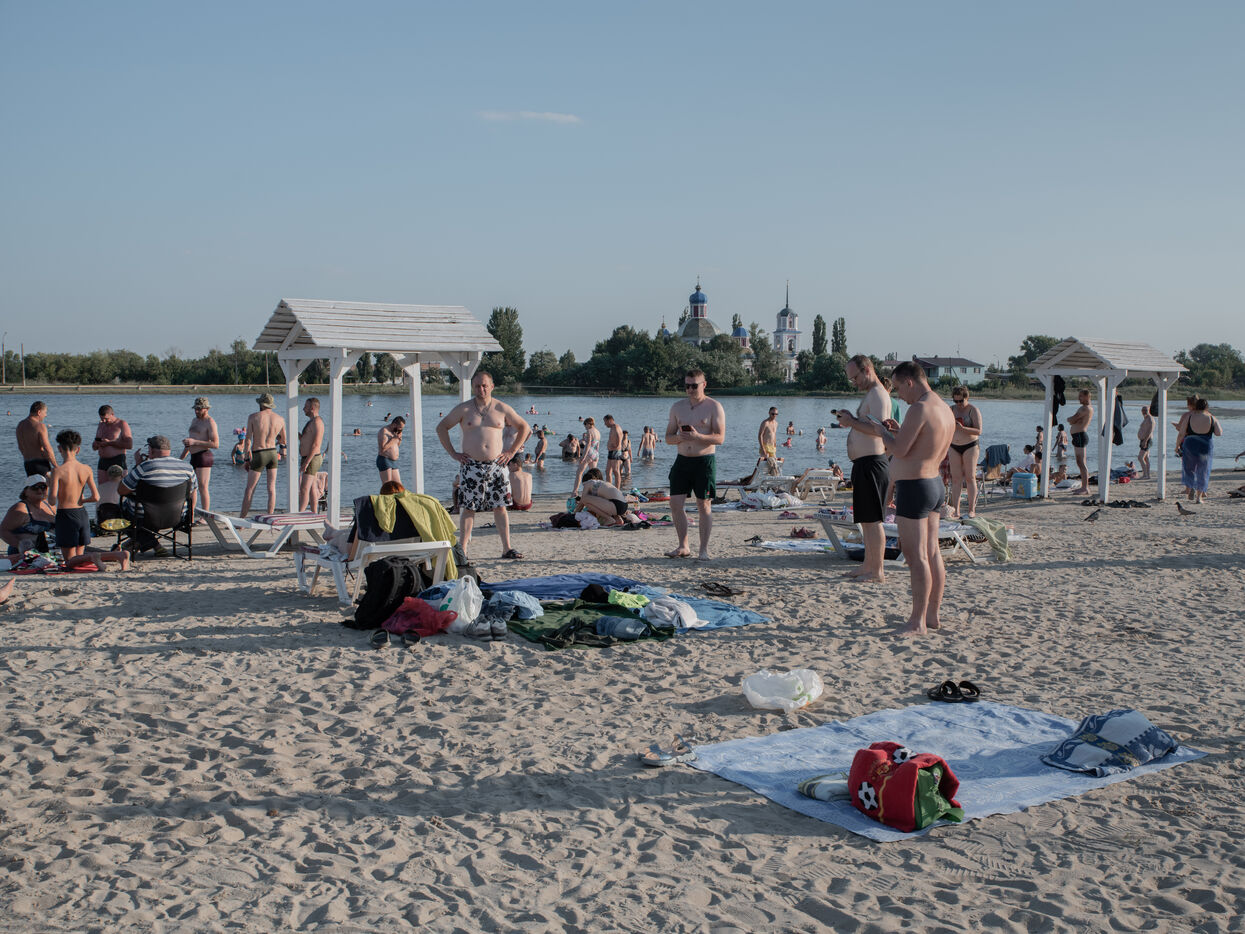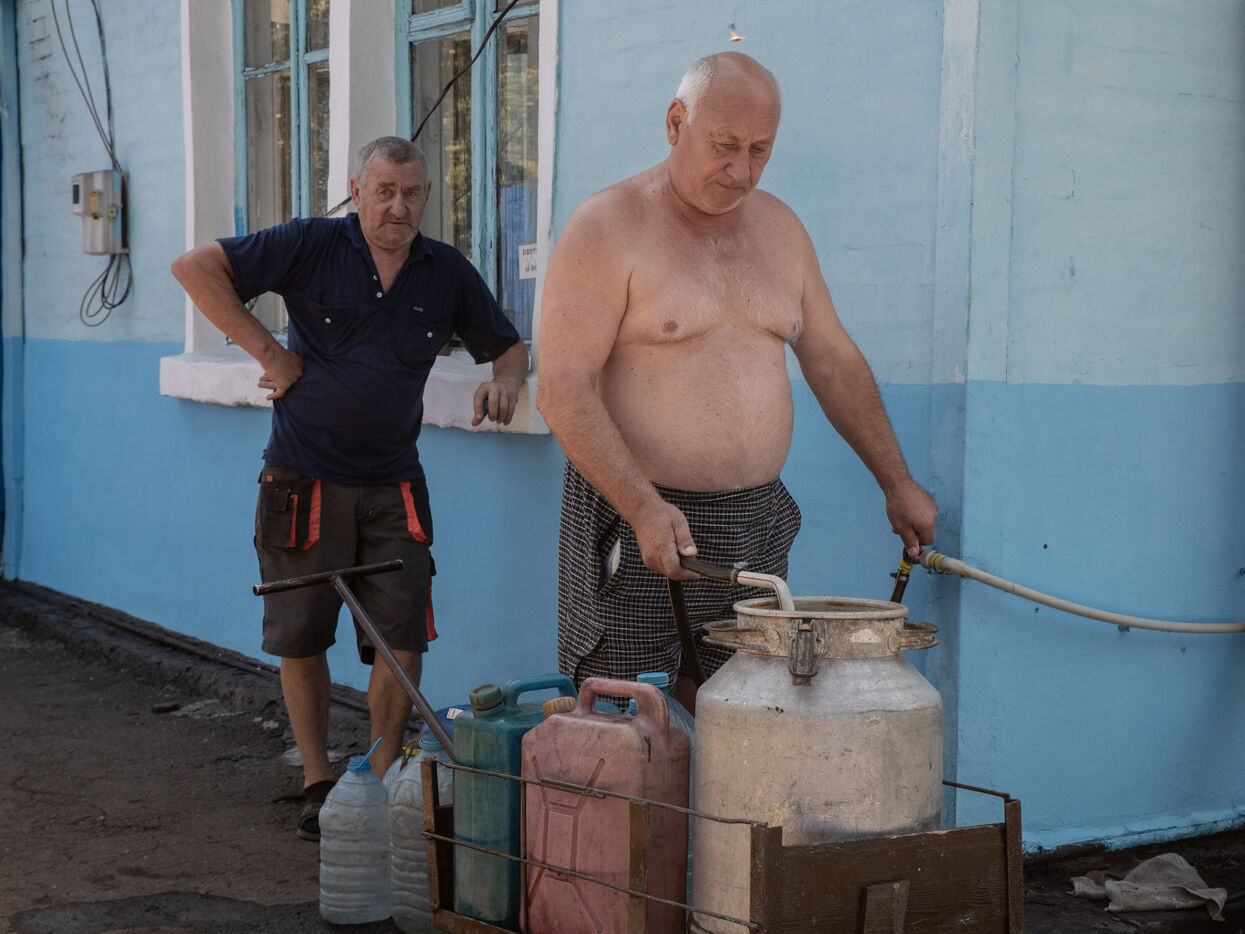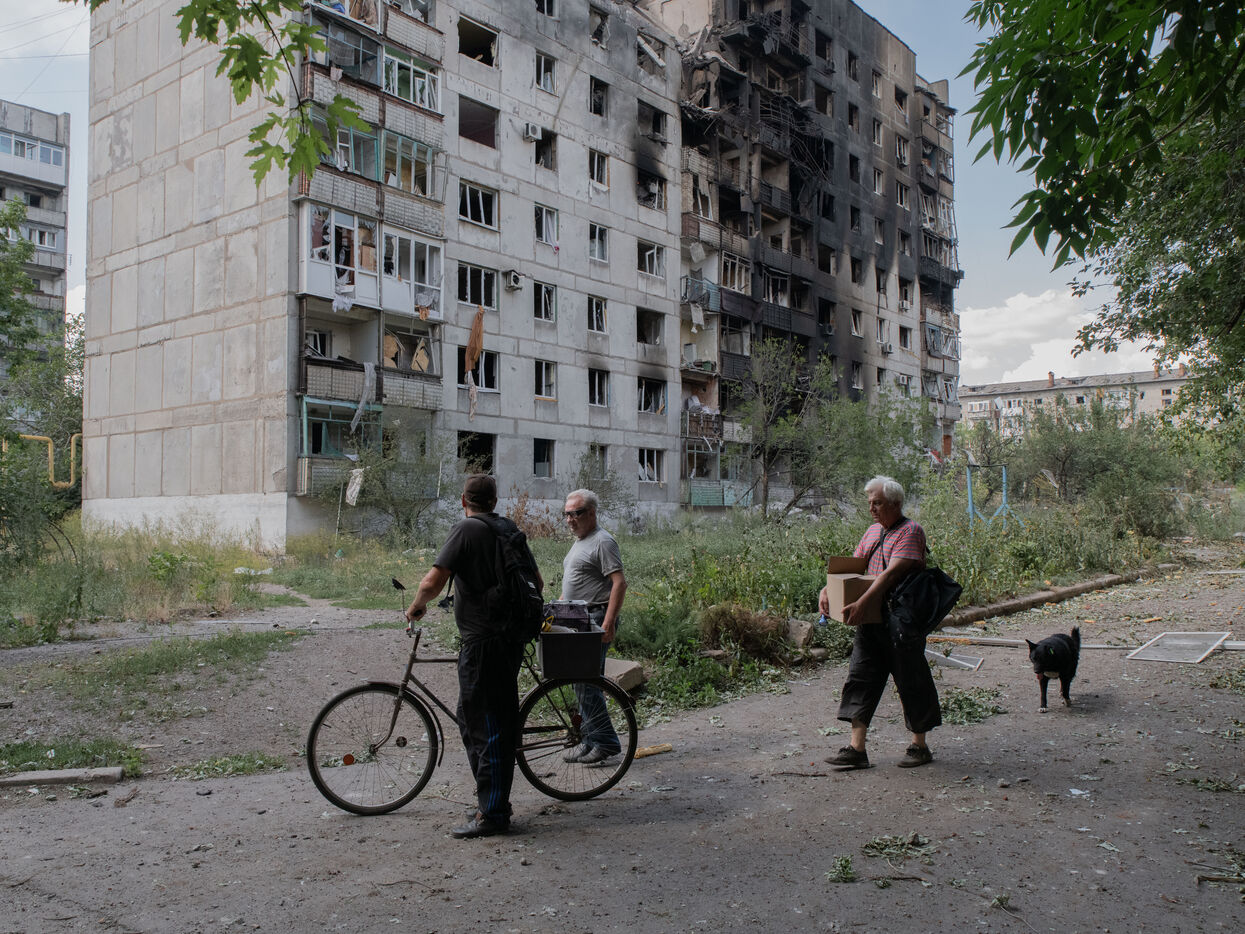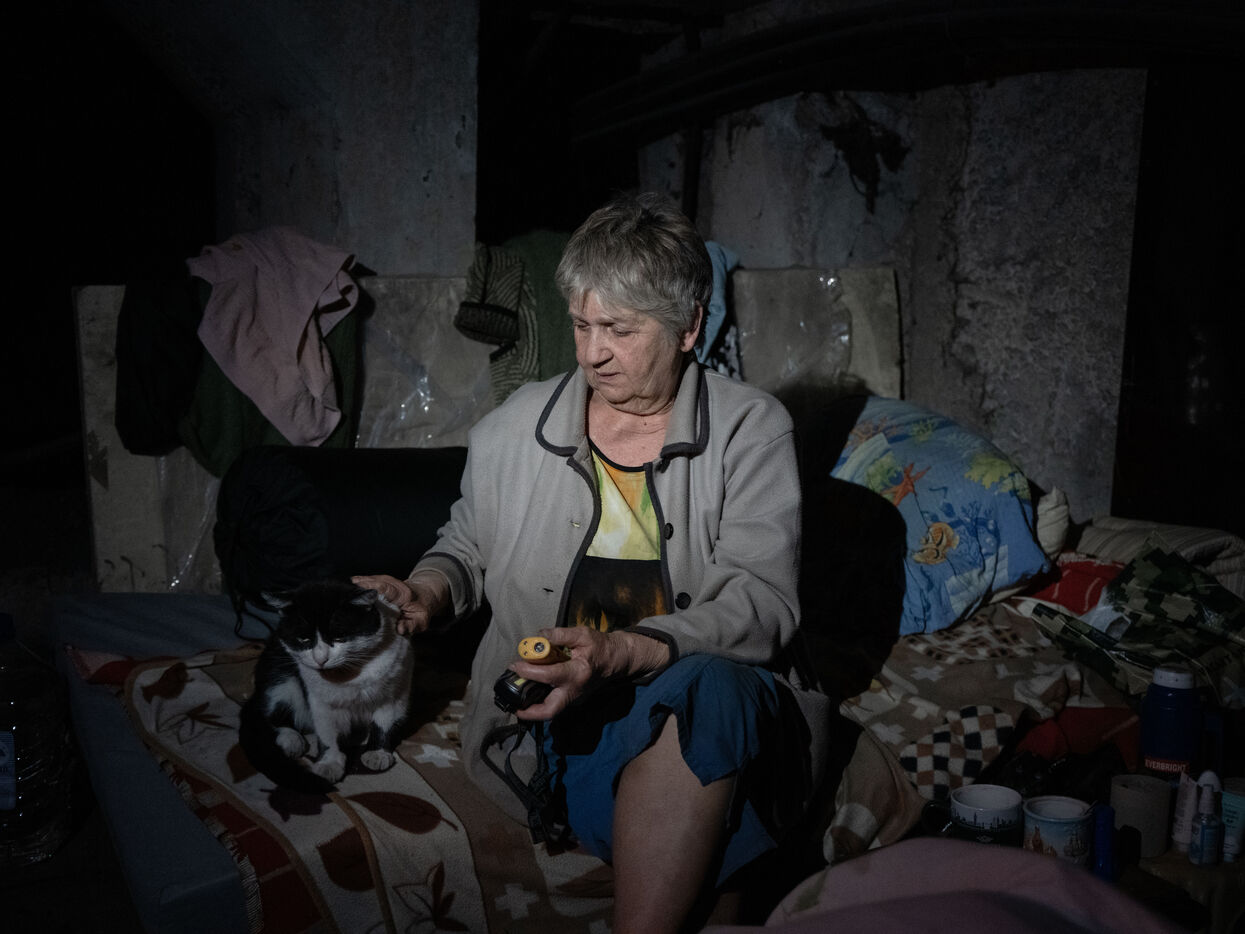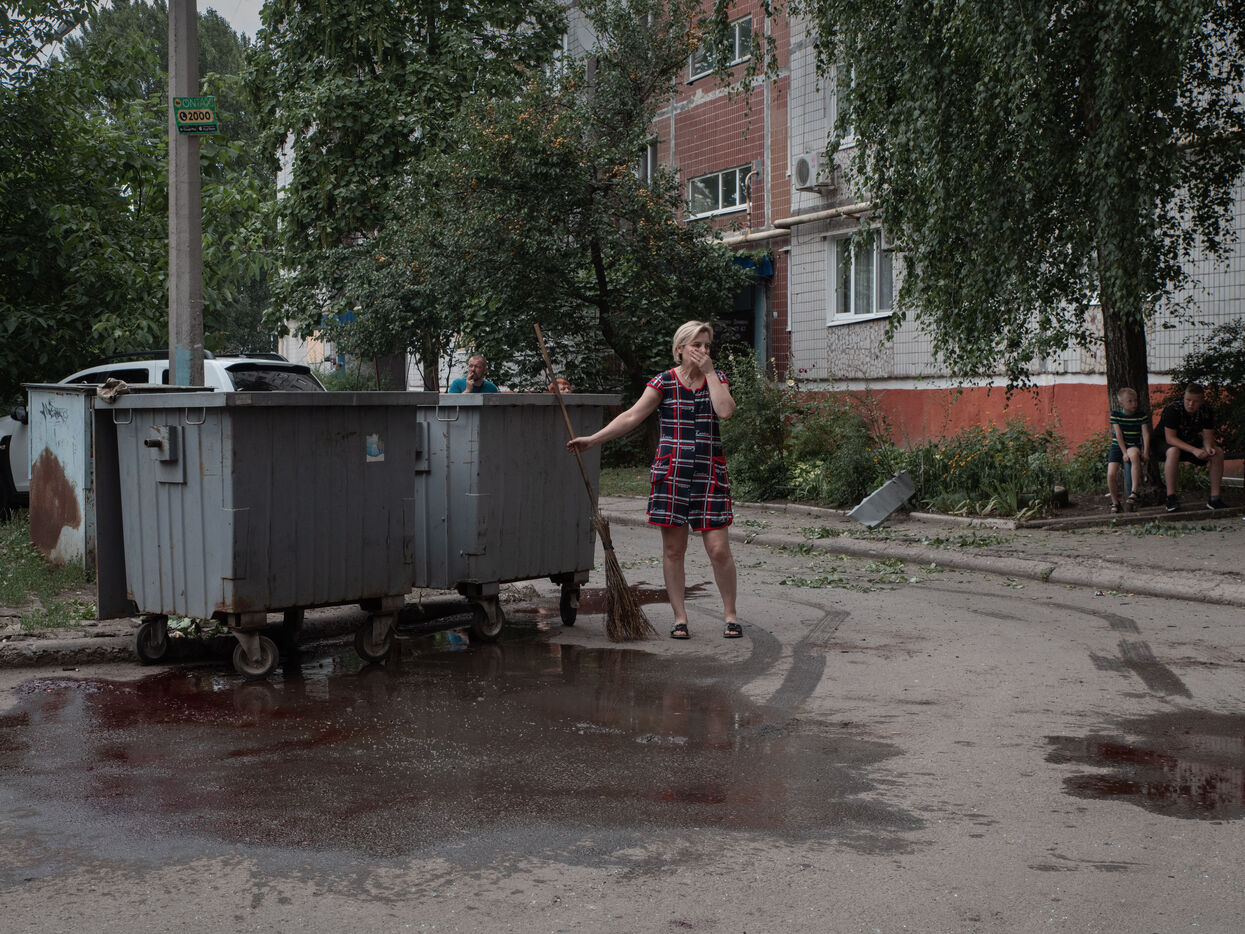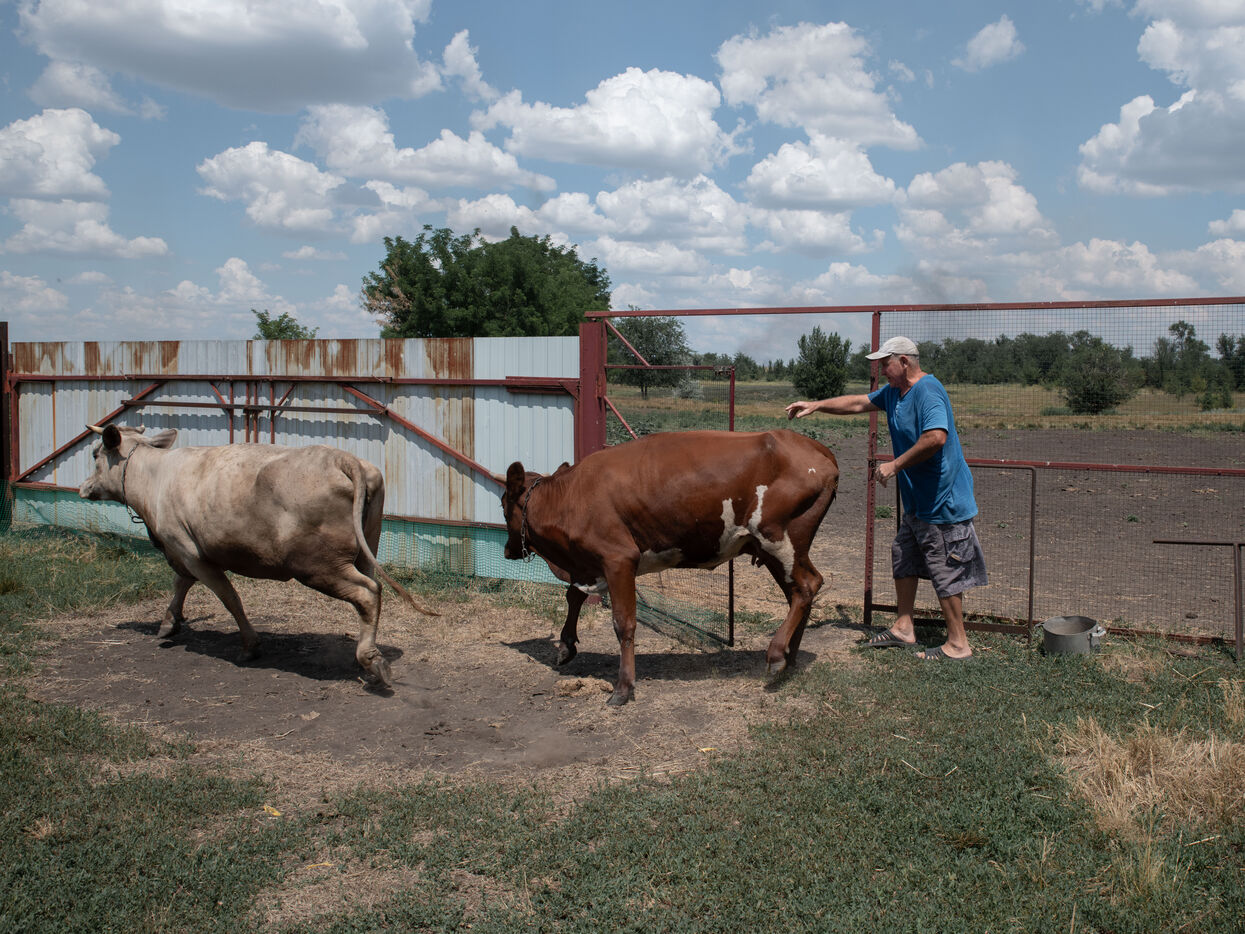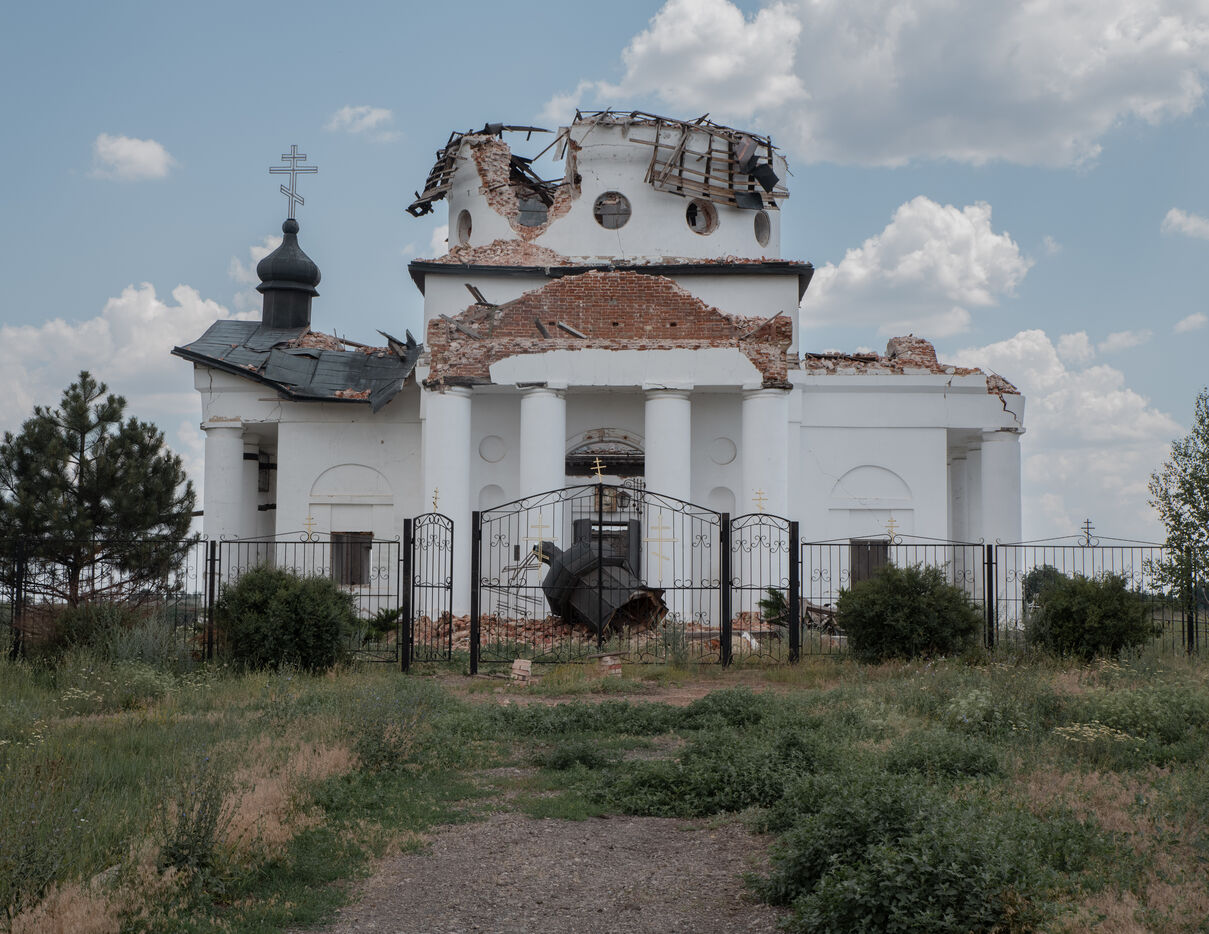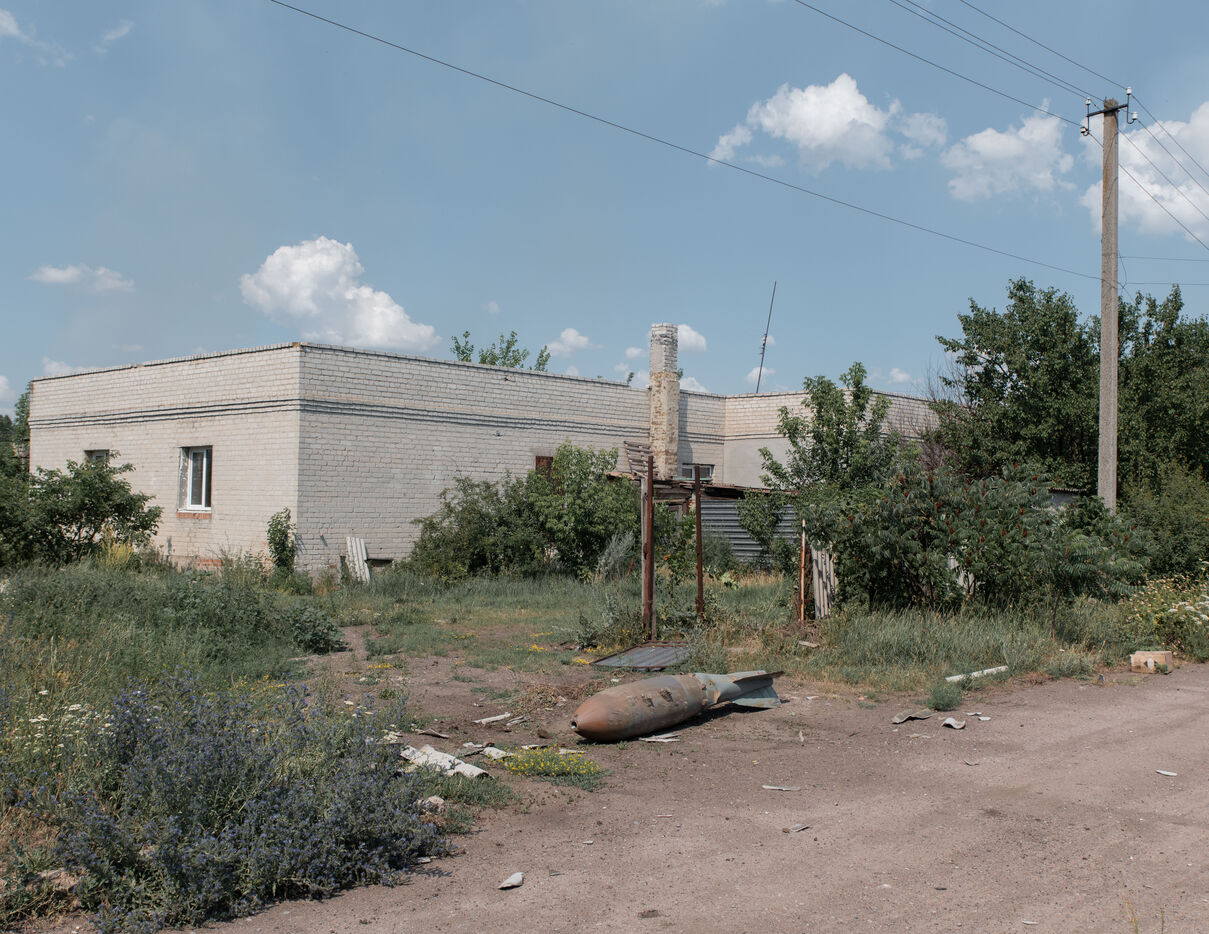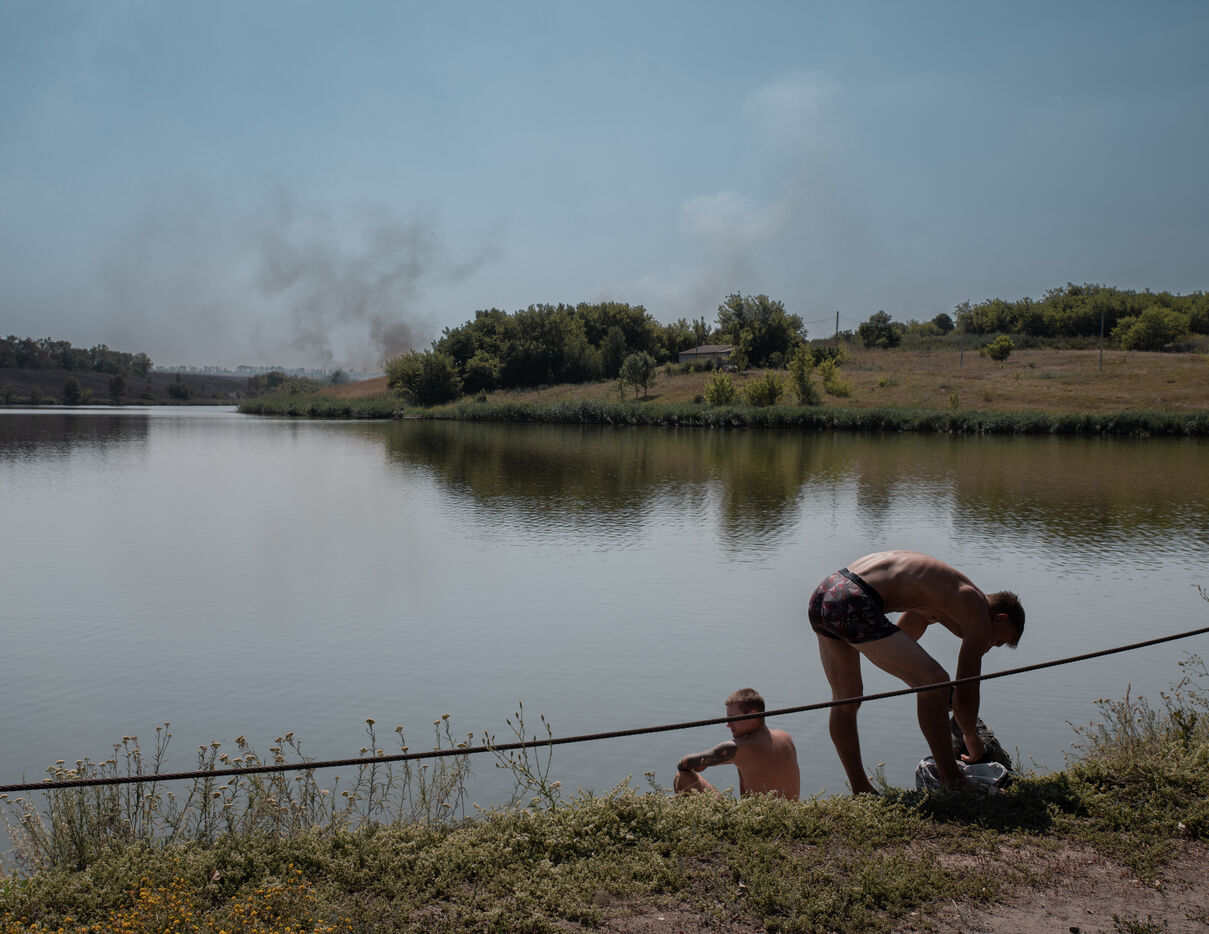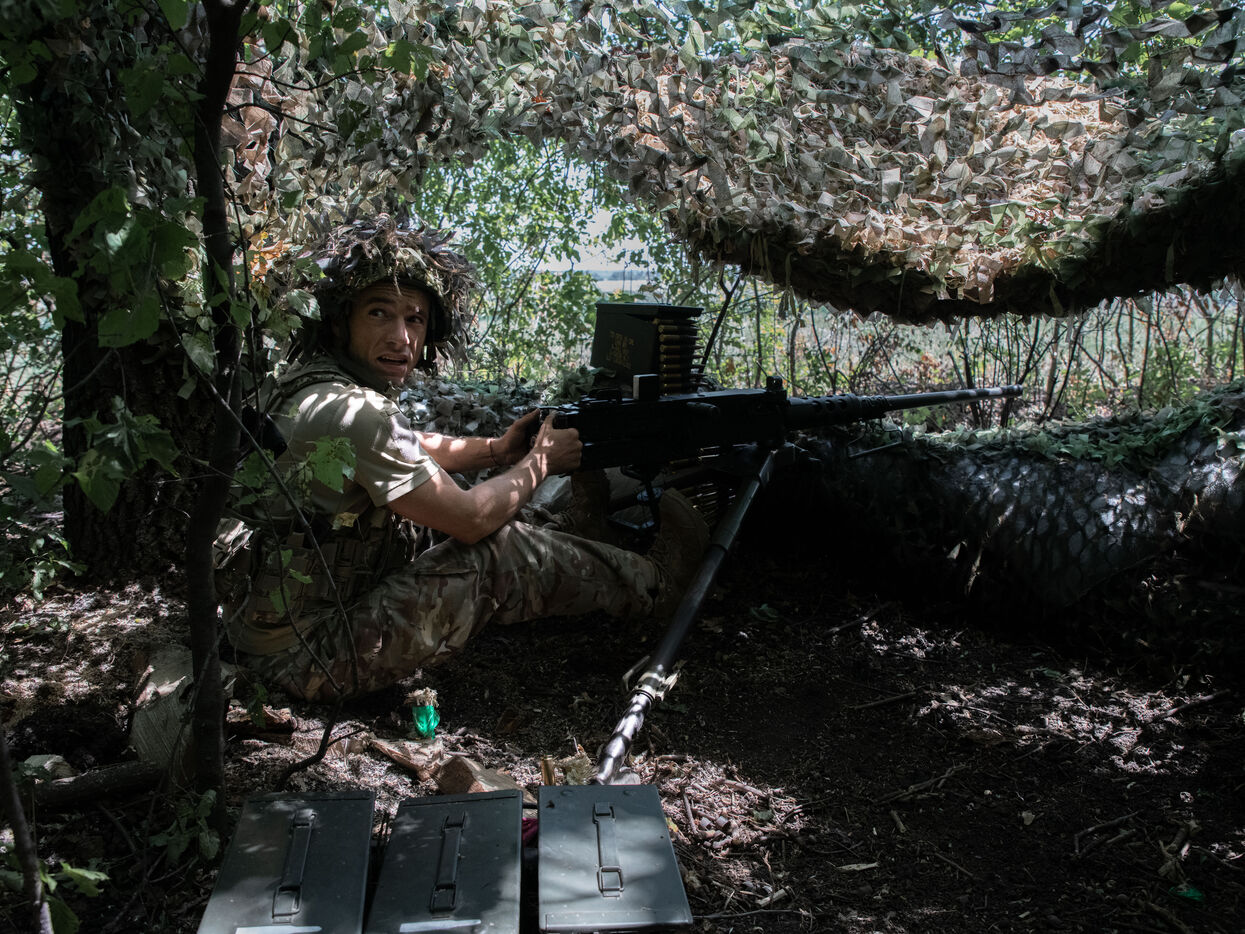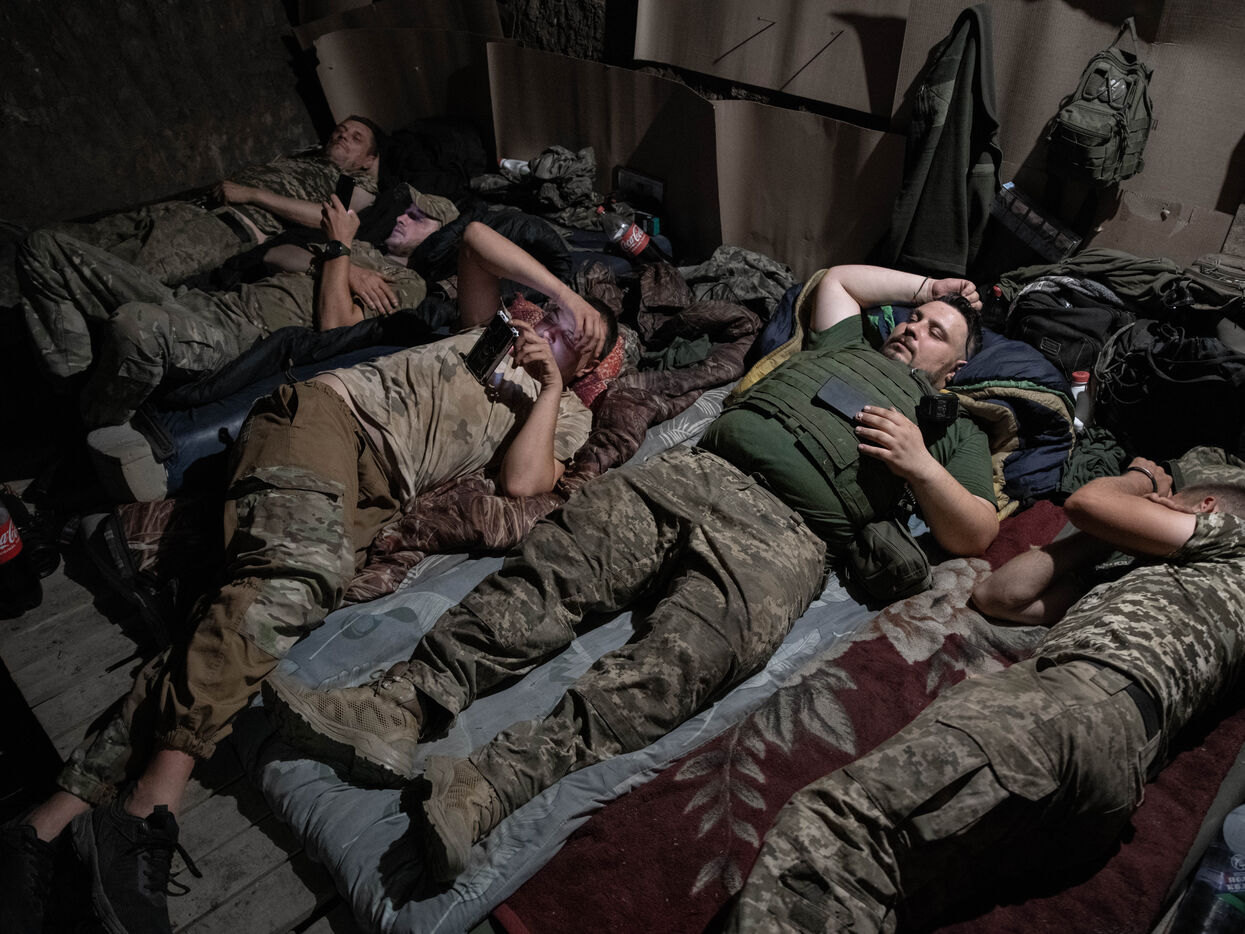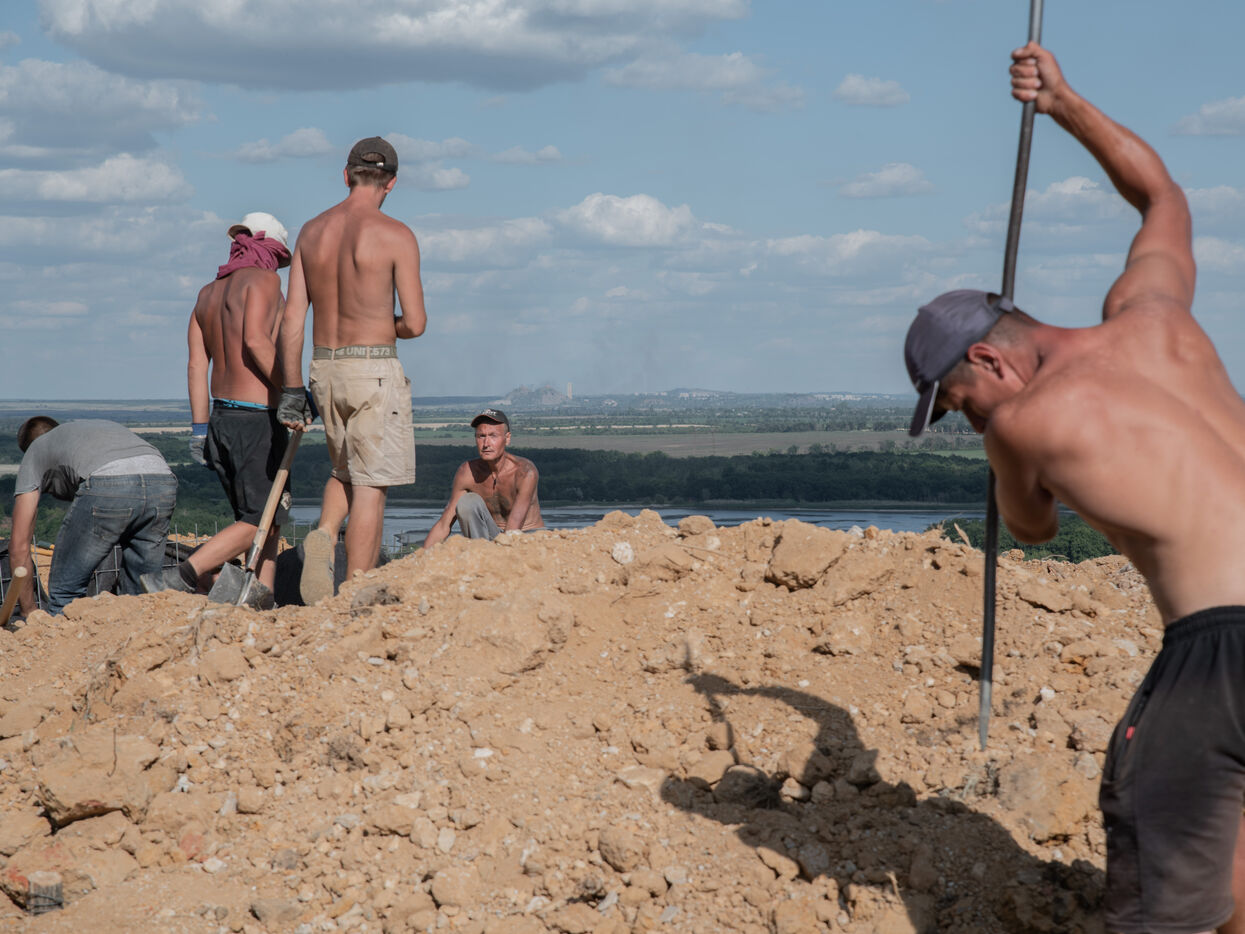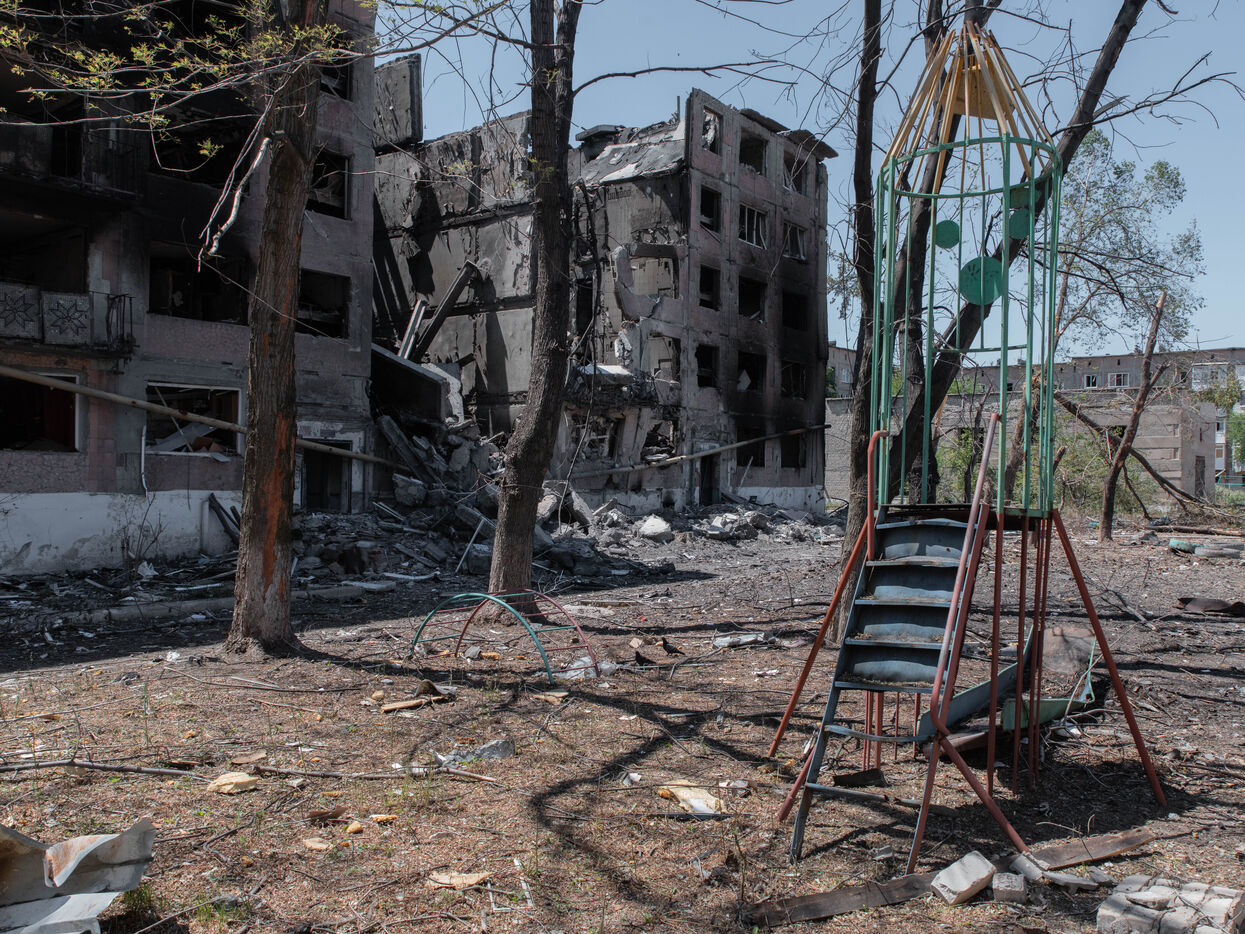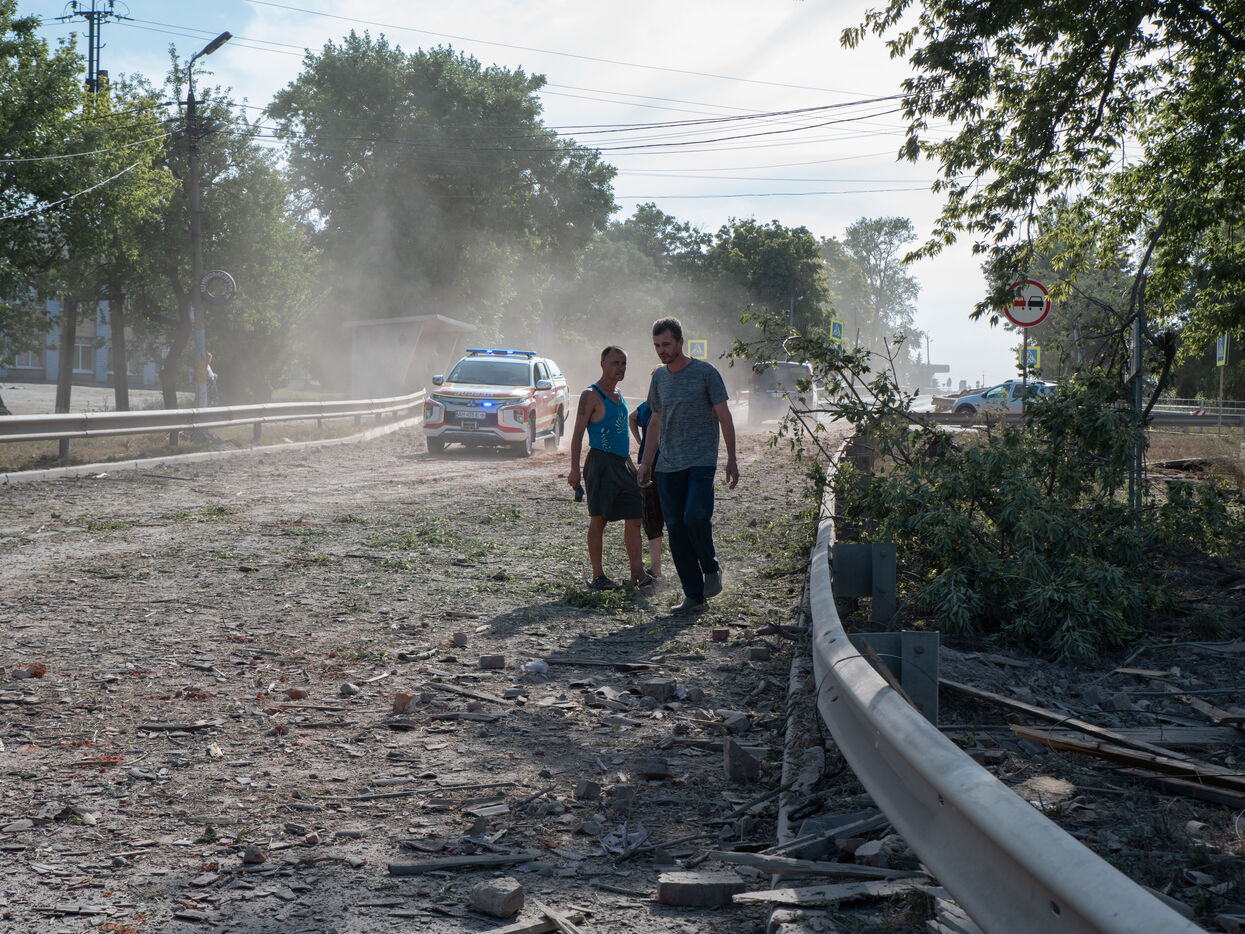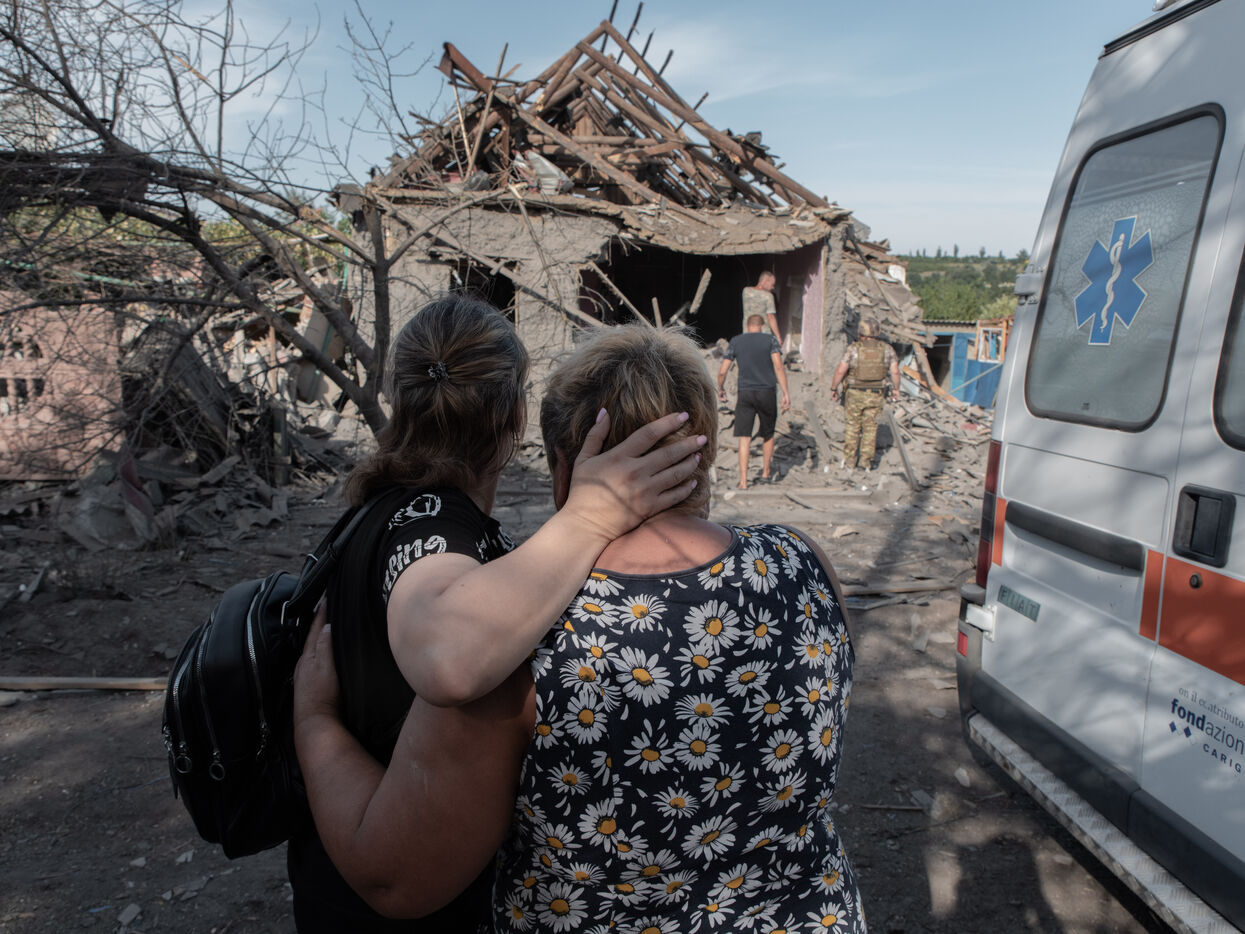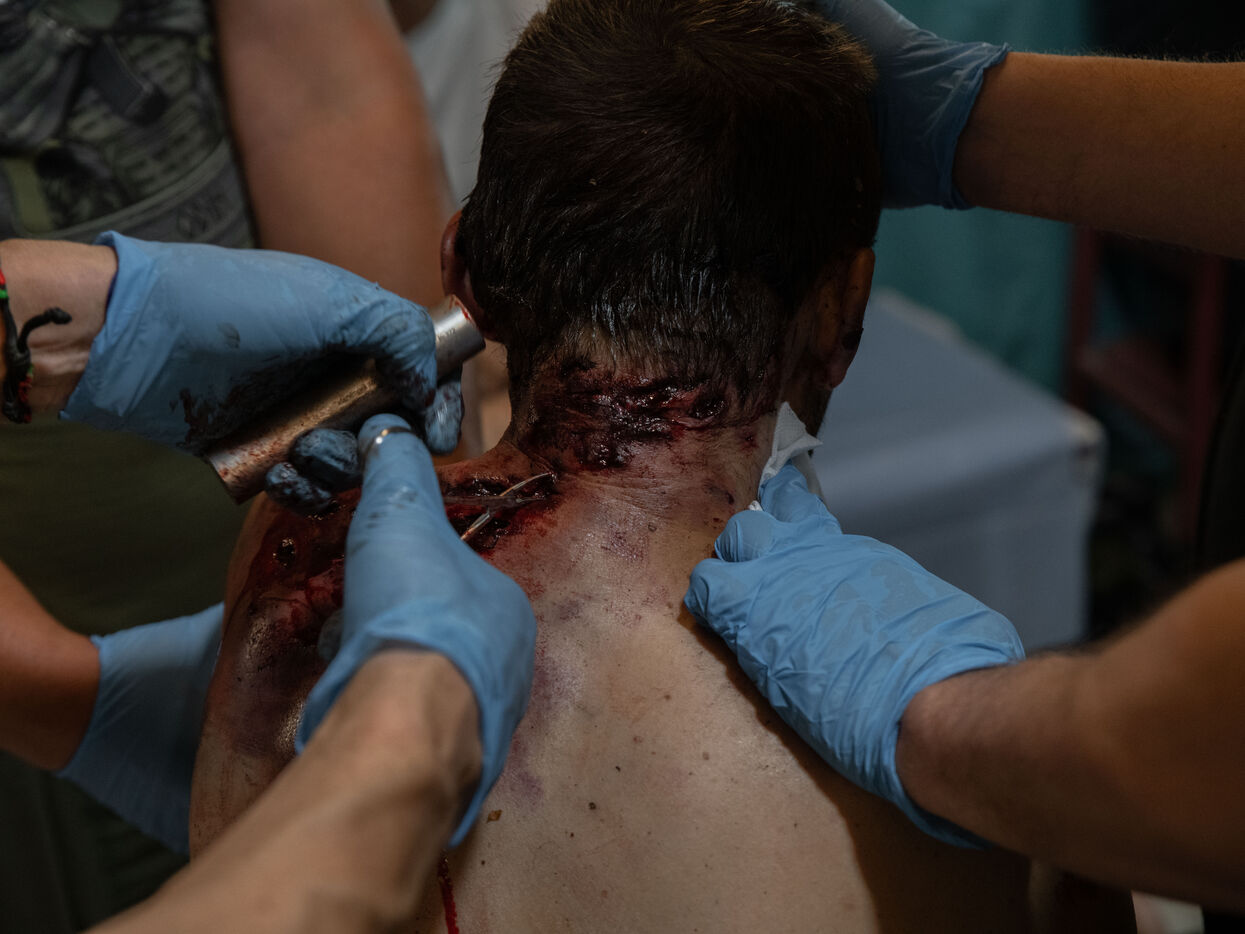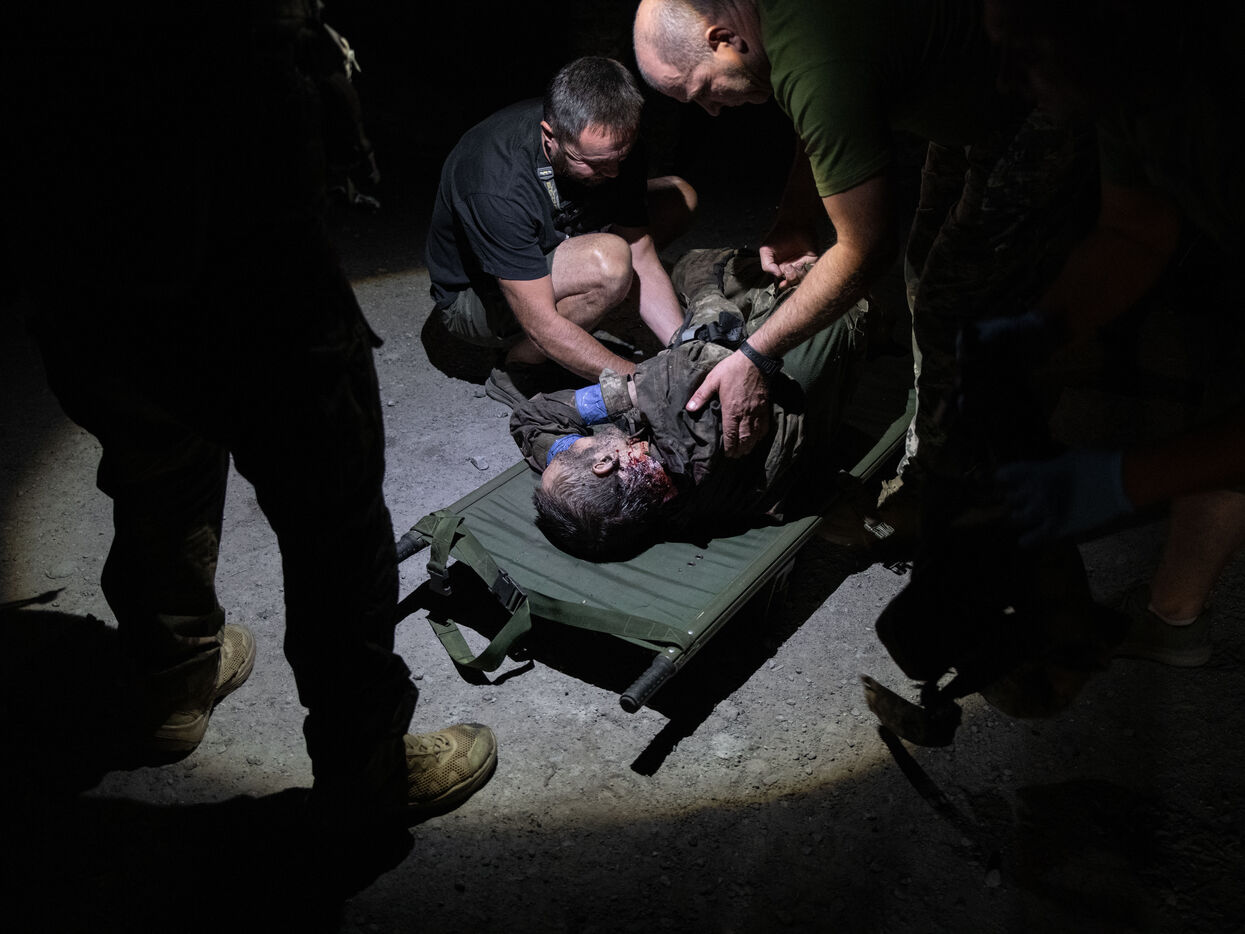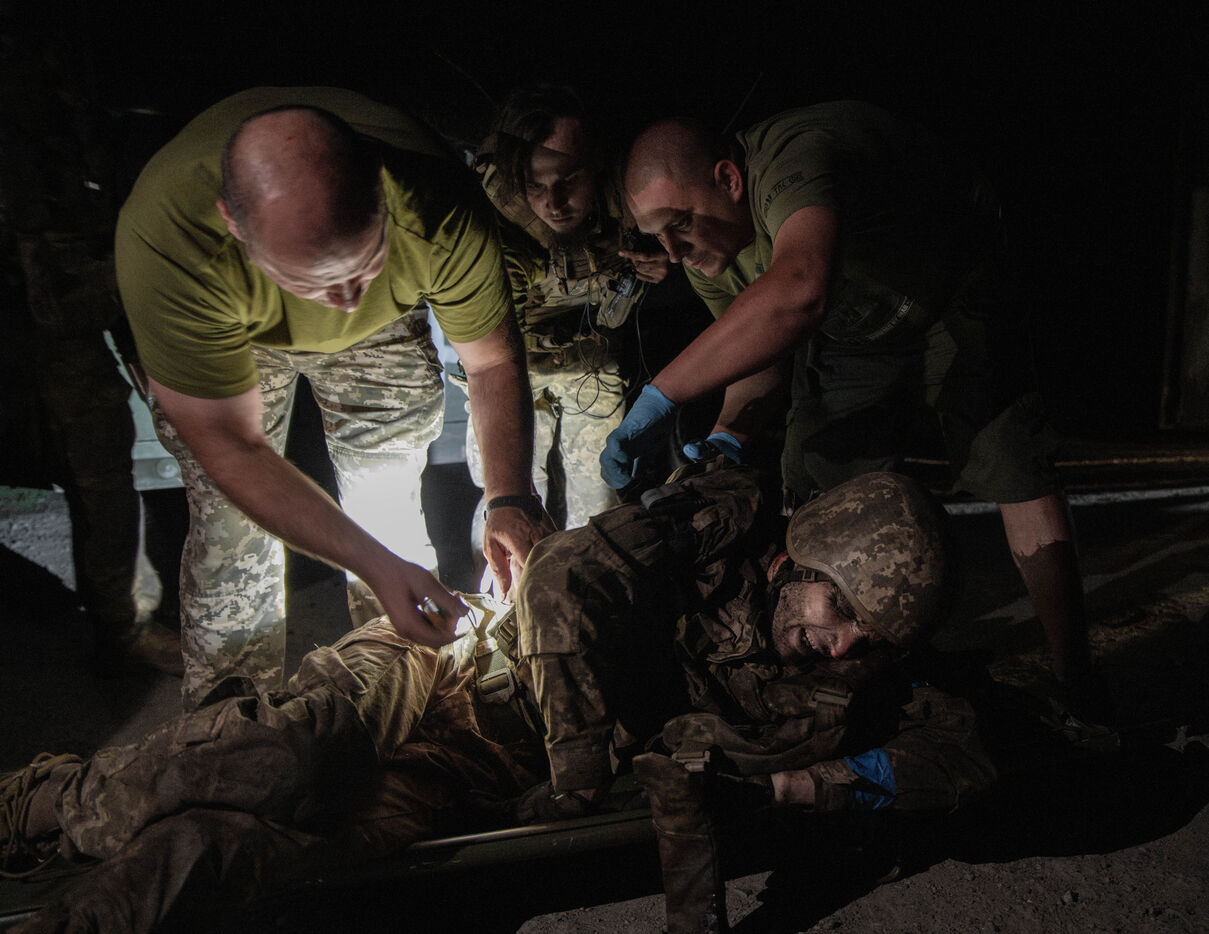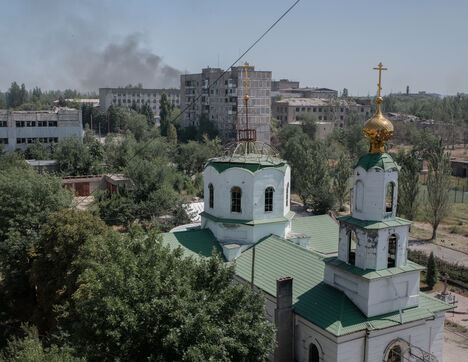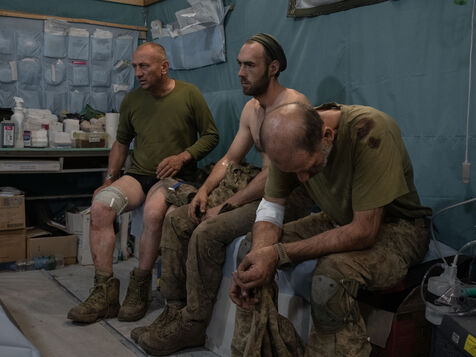L'Offensive russe dans le Donbass - Partie 1 (été 2024)
At the beginning of July, the thermometer in Donetsk oblast is over 35°C. To cool off, local residents and soldiers enjoy the many water reservoirs that abound in the Donbass mining basin. On the beaches, bathing suits have replaced uniforms and smiles light up the faces of bathers. A summer scene in stark contrast to the military situation in the region.
Since the capture of Avdivka, Kremlin troops have broken through the Ukrainian defensive lines at the rear of the town. They are now just 5 km from T0504, a major logistical axis that crosses the region from west to east, linking towns essential to regional defense. To contain this breakthrough, the Ukrainian army has taken up positions in the town of Torestk. Targeted by daily air raids, the mining town, once home to over 30,000 inhabitants, is now home to just a few thousand souls. The last residents of a ghost town, their silhouettes thread their way through the debris-strewn backyards of buildings.
In the surrounding countryside, Ukrainian artillerymen live hidden under groves to escape the massive de- ployment of Russian drones that fly over their positions almost continuously. Caught in the crossfire, the villagers have no choice but to pack up. At wheat harvest time, many farmers had to stop harvesting in the face of the bombardments raining down on their farms. While many of them have already left, others have chosen to stay until the last moment, delaying the inevitable abandonment of the fruit of a lifetime’s labor.
The Russian offensive in the Donbas - Part 1 (Summer 2024)
At the beginning of July, the thermometer in Donetsk oblast is over 35°C. To cool off, local residents and soldiers enjoy the many water reservoirs that abound in the Donbass mining basin. On the beaches, bathing suits have replaced uniforms and smiles light up the faces of bathers. A summer scene in stark contrast to the military situation in the region.
Since the capture of Avdivka, Kremlin troops have broken through the Ukrainian defensive lines at the rear of the town. They are now just 5 km from T0504, a major logistical axis that crosses the region from west to east, linking towns essential to regional defense. To contain this breakthrough, the Ukrainian army has taken up positions in the town of Torestk. Targeted by daily air raids, the mining town, once home to over 30,000 inhabitants, is now home to just a few thousand souls. The last residents of a ghost town, their silhouettes thread their way through the debris-strewn backyards of buildings.
In the surrounding countryside, Ukrainian artillerymen live hidden under groves to escape the massive de- ployment of Russian drones that fly over their positions almost continuously. Caught in the crossfire, the villagers have no choice but to pack up. At wheat harvest time, many farmers had to stop harvesting in the face of the bombardments raining down on their farms. While many of them have already left, others have chosen to stay until the last moment, delaying the inevitable abandonment of the fruit of a lifetime’s labor.
